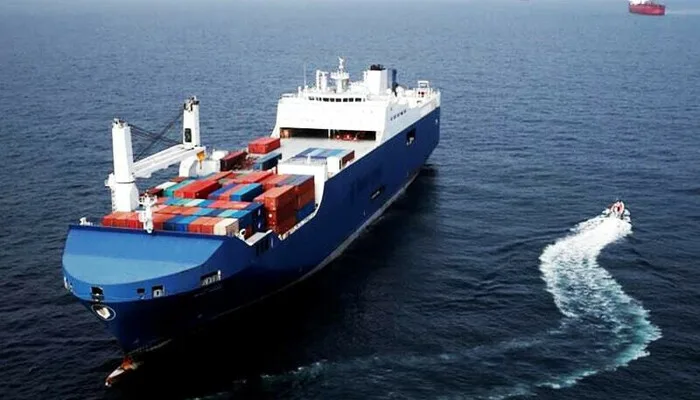
In a strategic move tied to evolving trade dynamics, the United States has granted port fee exemptions for China-built ships operating on domestic routes, including those in the Great Lakes, Caribbean, and U.S. territories.
Background on Fee Proposal
The decision marks a shift from a previously proposed policy that sought to impose steep fees—up to $1.5 million per port call—on vessels built in China.
Strategic Objectives
U.S. Trade Representative Jamieson Greer stated that maritime trade is central to national economic security. He emphasized that the policy change is designed not only to avoid economic disruption but also to gradually shift demand toward U.S.-built ships. Despite those ambitions, the U.S. currently builds just five ships annually, compared to China’s 1,700—a gap the administration hopes to narrow over time.
Read: Trump Hints at Easing Tariffs Amid US-China Tensions, Delays TikTok Decision
Phased Fee System Introduced
In place of the original flat-rate model, a revised fee structure will be introduced starting October 14, 2025. The new system will calculate charges based on either tonnage or the number of containers offloaded.
The revised fees will only apply to ships that are both owned and operated by Chinese companies. Ships built in China but operating within U.S. domestic waters—including between the mainland and territories—will remain exempt. Likewise, U.S. and Canadian vessels working in the Great Lakes will not face the new charges.
Industry Response
Major global shipping companies like MSC and Maersk had warned that the original plan could increase U.S. import costs by as much as $30 billion annually, ultimately passing the financial burden on to consumers.
China Responds
Chinese officials warned that it could result in higher costs for American consumers without significantly improving U.S. industrial output.
A Delicate Trade-Off
As trade tensions continue to influence maritime policy, the U.S. is attempting to walk a fine line—reasserting industrial competitiveness while avoiding major economic fallout.
Follow us on Google News, Instagram, YouTube, Facebook,Whats App, and TikTok for latest updates












